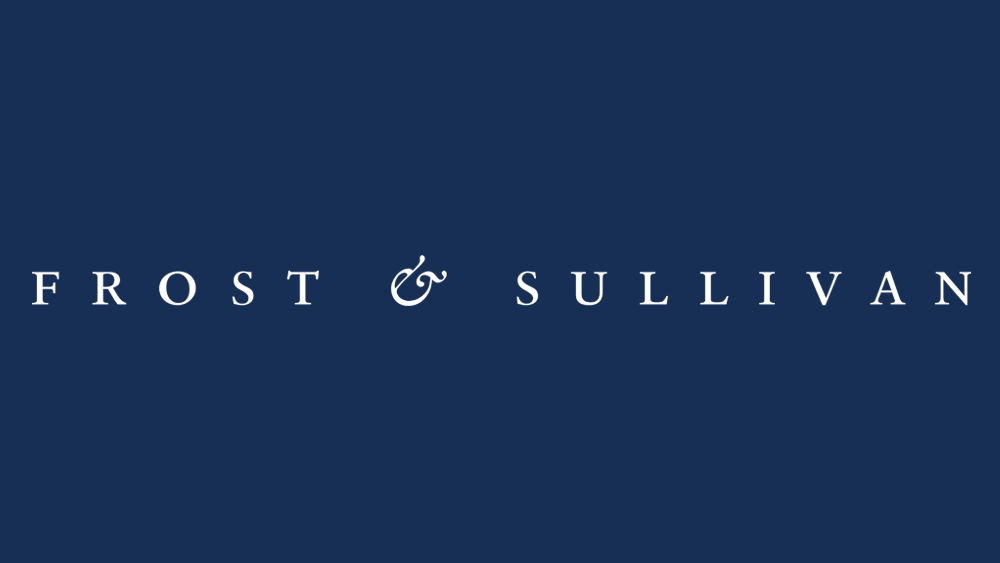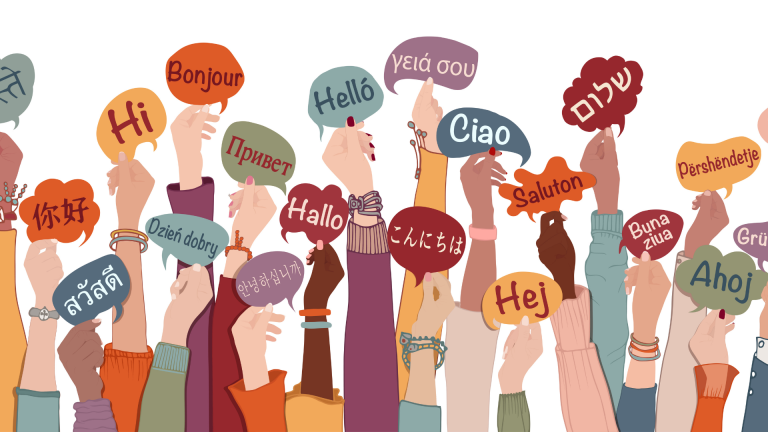Different languages have different phonetic make-ups. If you listen to a native Mandarin speaker and compare the sounds produced when speaking Mandarin to the sounds produced by someone whose native language is German, you’ll notice a number of differences. The frequencies produced, the tonal variations and even the muscles used to produce the sounds of different languages vary greatly.
So, when designing your wake word, try to make sure that you create something that’s phonetically easy to say, no matter the base language your user speaks.
The growing trends toward truly hands-free voice experiences
Voice assistants coupled with wake word technology can provide value for any device you can imagine, from airlines to conference halls, elevators, mobile apps, cars, train ticket machines, ordering kiosks, and everything in between. The appeal of hands-free voice interactions is creating a need for a consistent voice across channels that includes the same voice assistant and branded wake word.
“We are seeing more companies acknowledge and recognize the value of a custom branded voice assistant for their app or their device. They want a custom wake word that’s going to reinforce their brand and promote brand loyalty. Soon, it’s going to be critical to have a customized voice assistant and wake word that invokes that voice assistant across all channels and devices,” Darin said.
If you haven’t already started thinking about how and where you will create your unique voice experience, a branded wake word may be a good place to start.
VUX World’s renowned industry experts offer unbiased, objective, and agnostic conversational AI consulting. We help you explore the value of conversational AI technologies, define the future of AI-powered customer experience for your business, and put together a plan to get you there.
Kane Simms is the founder of VUX World. Join him for a dog walk on LinkedIn, where he shares insights on the voice and NLP space while walking Winston, the sound hound. Tune into the VUX World Live podcast for interviews with the world’s leading minds in conversational AI or join the CAI and NLP newsletter.









